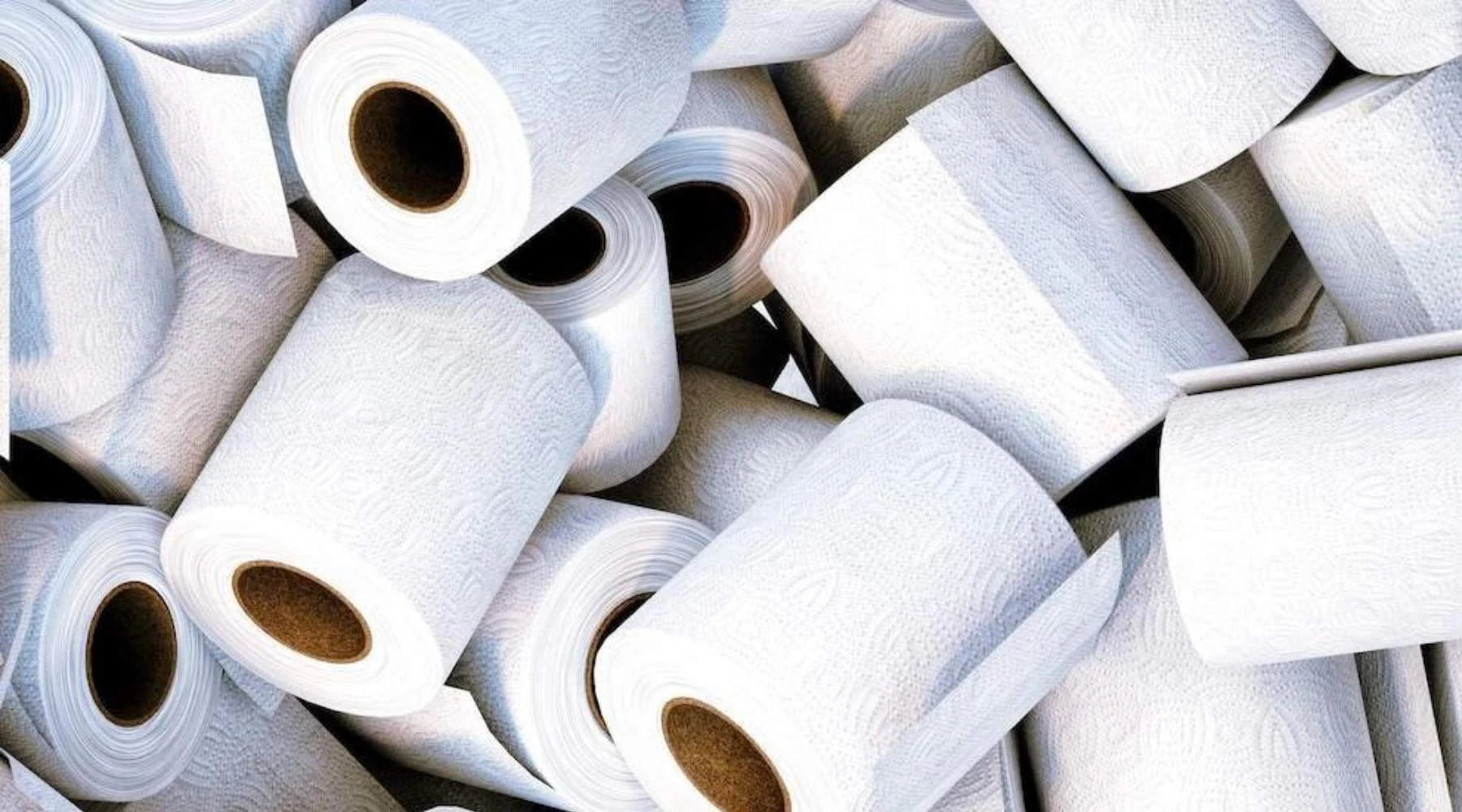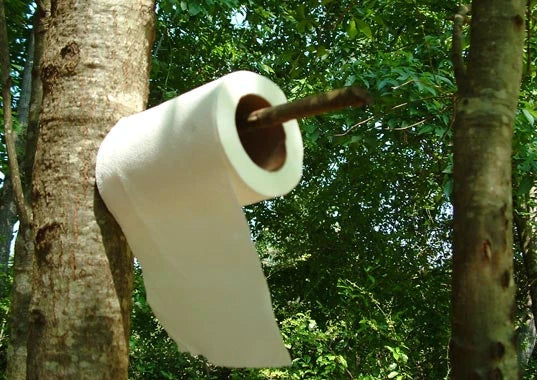In today's environmentally conscious world, the choices we make about the products we use, even something as mundane as toilet paper, can have a significant impact on the planet.
As consumers, we're increasingly aware of the need to reduce our carbon footprint and support sustainable practices. When it comes to toilet paper, the options of recycled, bamboo, and sugarcane-based products can be confusing. Which one is truly the most eco-friendly and sustainable choice? Let's dive in and explore the pros and cons of each.
Recycled Toilet Paper
Recycled toilet paper has long been touted as the eco-friendly alternative to traditional virgin pulp toilet paper. The premise is simple - by using recycled materials, we're diverting waste from landfills and reducing the demand for new trees to be cut down. This is a noble goal, and recycled toilet paper does have some environmental benefits.
The production of recycled toilet paper typically requires less water and energy than manufacturing virgin pulp toilet paper. Additionally, the recycling process helps to reduce the amount of waste that ends up in landfills. This is a positive step towards a more circular economy.
However, the environmental impact of recycled toilet paper is not as straightforward as it may seem. The recycling process itself can be energy-intensive and may involve the use of chemicals to break down the paper fibers. Furthermore, the quality of recycled toilet paper can be lower than that of virgin pulp, leading to a shorter lifespan and potentially more waste as users need to use more sheets per use.
Bamboo Toilet Paper
Bamboo has emerged as a popular alternative to traditional wood-based toilet paper. Bamboo is a fast-growing, renewable resource that can be harvested without damaging the plant. It's also a highly sustainable material, as bamboo forests can be regrown and replenished relatively quickly.
The production of bamboo toilet paper is generally considered to be more eco-friendly than traditional wood-based toilet paper. Bamboo requires less water and fewer chemicals during the manufacturing process, and it can be grown without the use of pesticides or fertilizers.
Additionally, bamboo toilet paper is often marketed as being softer and more durable than recycled toilet paper, which can lead to less waste and a longer lifespan for the product. However, the environmental impact of bamboo toilet paper can vary depending on the specific manufacturing processes and transportation methods used.
Sugarcane Toilet Paper
Sugarcane is a relatively new player in the eco-friendly toilet paper market, but it's quickly gaining traction as a sustainable alternative. Sugarcane is a renewable resource that can be harvested annually, and the production of sugarcane toilet paper is generally considered to be more eco-friendly than traditional wood-based toilet paper.
One of the key benefits of sugarcane toilet paper is that it is made from the byproducts of the sugarcane industry, which means that no additional land or resources are required for its production. The manufacturing process also typically uses less water and fewer chemicals than traditional toilet paper production.
Moreover, sugarcane toilet paper is often marketed as being just as soft and durable as traditional toilet paper, if not more so. This can lead to less waste and a longer lifespan for the product, further enhancing its environmental benefits.
The Verdict: Sugarcane Toilet Paper is the Most Eco-Friendly Choice
After considering the pros and cons of each option, it's clear that sugarcane toilet paper emerges as the most eco-friendly and sustainable choice. While recycled and bamboo toilet paper have their own environmental benefits, sugarcane toilet paper stands out for its unique advantages.
Firstly, the production of sugarcane toilet paper is inherently more sustainable, as it utilizes byproducts from the sugarcane industry rather than requiring the harvesting of new resources. This helps to minimize the environmental impact and supports a more circular economy.
Secondly, the manufacturing process for sugarcane toilet paper typically uses less water and fewer chemicals than traditional wood-based toilet paper production. This further reduces the environmental footprint of the product.
Finally, the quality and durability of sugarcane toilet paper can lead to less waste, as users may need to use fewer sheets per use. This, combined with the renewable and sustainable nature of the raw material, makes sugarcane toilet paper the clear winner in terms of eco-friendliness and sustainability.
Of course, individual preferences and availability may play a role in the final decision, but for those looking to make the most environmentally conscious choice, sugarcane toilet paper is the way to go. By supporting this innovative and sustainable product, we can all do our part to reduce our impact on the planet and build a greener future.
Conclusion
In the quest for more eco-friendly and sustainable choices, the toilet paper we use is an often-overlooked but important consideration. While recycled and bamboo toilet paper have their merits, sugarcane toilet paper emerges as the clear winner in terms of environmental impact and sustainability.
By choosing sugarcane toilet paper, we can support a more circular economy, reduce water and chemical usage, and minimize waste. It's a simple yet impactful way to make a difference in our daily lives and contribute to a healthier planet.
So, the next time you're in the market for toilet paper, consider making the switch to sugarcane-based products. Your wallet and the environment will thank you.






Leave a comment
This site is protected by hCaptcha and the hCaptcha Privacy Policy and Terms of Service apply.